
One of the most powerful ways for the public to engage with museums is not as visitors. It’s as volunteers.
Here’s why: the volunteer experience is direct and immediate. Volunteers spend extensive time within their chosen museums, getting to know staff and visitors and seeing the positive impact of their efforts firsthand. They experience the satisfaction of being part of that success and feel invested in the museum’s mission. When you engage a volunteer, you engage a community member who feels like they belong.
For this reason, museum volunteer managers have been hard at work in recent years to make the volunteer experience as welcoming, accessible, and inclusive as possible, to ensure that their programs represent the full diversity of the communities they inhabit.
But this goal can be challenging for long-tenured volunteer programs. In many cases, longstanding methods of outreach, training, and structuring roles have created corps that skew towards affluent, older, well-educated, and predominantly white volunteers. It takes time and commitment to deconstruct these deep-rooted systems and rebuild into a more inclusive program.
Skip over related stories to continue reading articleTherefore, when it comes to embracing diversity, equity, accessibility, and inclusion (DEAI), new programs have the advantage. Unencumbered by existing systems, they start with a blank slate and the potential to build a welcoming environment from the ground up.
Rachel Sanchez and Kia Hunter have made the most of this opportunity.
Rachel is the Assistant Director, Employee Engagement, Internships, & Volunteer Programs for the Baltimore Museum of Art (BMA). In 2013, she was tasked with transforming a small handful of volunteers into a bigger, more structured program. In the process, she was able to infuse inclusivity into the program from the start.
“I considered it a luxury, being able to build from the ground up, not having to rewrite how things had been done in the past,” Rachel said. “Creating a diverse group of volunteers was always at the forefront of my goals, even before the museum formally embraced these values.”
A few years later, the BMA revised its strategic plan and made a formal commitment to social equity. This top-down stamp of approval empowered Rachel to go even further in her efforts. Now, the volunteer program includes individuals with a diversity of ages, races, ethnicities, income levels, and abilities. Everyone, from refugees and emigrants to individuals on the autism spectrum to the recently incarcerated, is welcome to volunteer.
The BMA helps attract this diverse group of volunteers by offering a wide range of roles that can accommodate any schedule or skill type. Volunteers who prefer behind-the-scenes work can assist with back-of-house projects, while more extroverted volunteers take public-facing roles. “We have weekend and weekday opportunities, as well as evening opportunities, so we can really find a spot for anyone based on their unique needs and abilities,” Rachel said. The museum has given her the latitude to experiment and find out what works.
Kia Hunter, the first-ever Volunteer Manager for the International Spy Museum, was also empowered by her museum’s formal focus on equity and inclusion. As Kia explains, “When I was hired in 2018, I was lucky in that we had clearly defined organizational values, and one of them was diversity. I shared those values when I applied for the job. It was one reason that I wanted to work there, so having that buy-in already from leadership made it easy to value and prioritize DEAI.”
Kia stressed the need for processes and practices that foster greater volunteer inclusion. For instance, despite the general shift from paper to digital, she makes hard copies of the volunteer application accessible to anyone without internet access. Prospective volunteers have only to walk up to the welcome desk, request a copy, complete the application, and return it on the spot.
As Rachel and Kia described their DEAI efforts, other common themes emerged—themes that more established volunteer programs may wish to address as they seek to engage a larger cross-section of the community.
1. Broad Outreach is Essential.
Kia ensures that her program is welcoming to all by reaching out to a large and growing network of referral sources—over two hundred by the last count. The list of sources includes international communities, parents groups, community colleges and universities, young professional organizations, retired teacher associations, theaters, local neighborhood commissions, and community centers.
“Any time someone recommends an organization, I want to reach out to them,” Kia said.
Before the pandemic, Kia encouraged participation from people of all economic classes by going into the community and meeting people where they live and work. She visited libraries and attended community fairs in the District of Columbia and its Maryland and Virginia suburbs. She plans to resume this when in-person visits are safe again.
“That’s been the focus of our outreach, to break down any barriers to volunteering. The best thing is being present in communities that have an overlap of interests and communicating the benefits of volunteering,” Kia shared.
At the BMA, Rachel has established relationships with area art schools, colleges, and universities. While this outreach has brought in many volunteers typical of the demographics of young students seeking internships and museum experience, it has also drawn in volunteers from other countries.
Working with international volunteers has reciprocal benefits. “We’ve had a lot of volunteers who are new to the US and learning English,” Rachel explained. “By working the front of the house, they are able to practice their English while serving our international visitors.”
2. Measures of Success May Look Different.
While museums are used to measuring DEAI success in numbers, this can be a challenge with volunteer programs, where collecting demographic data can impede inclusion more than help it.
As Kia explains, “When someone applies to volunteer, we intentionally do not ask for a lot of information…Instead, our application questions are more structured to the position description. We ask questions like, ‘Why do you value museums?’ That’s so much more important to us than how much formal education you’ve had.”
The Spy Museum’s volunteer application does not ask for an applicant’s age, gender, race, or home address, as the museum considers those things irrelevant to volunteering. The applicant only needs to affirm that they are at least eighteen years of age (though Kia recently created a separate volunteer program for younger teens).
Even after acceptance, the museum collects minimal data. It collects addresses only to run background checks and send holiday cards, and sends an optional demographic survey to active volunteers, about half of whom complete it. Kia reflected, “Although we would like to have more data rather than less, it’s more important that our volunteers have a choice in sharing those details with us.”
Rather than tracking demographics, the museum asks volunteers other questions to assess how well the program represents the community, Kia said. “We ask, ‘How comfortable are you in a museum setting? Do you feel heard and supported?’ These questions get to the essence of why DEAI is important. We want to make sure we have an inclusive environment. We want to hear from volunteers and know how they feel.”
The BMA does not collect information regarding a volunteer applicant’s race or ethnicity either. Instead, Rachel focuses her data-tracking on the various partnerships that she has formed with groups that refer volunteers. “We’re organizing the information on our partnerships in a way where we can see which communities we are serving and where we need to fill in the gaps or push our presence a little more.”
3. Volunteer DEAI is a Process.
Even with the support of their respective museums, Rachel and Kia know inclusion is a long process. It may take years to integrate a full spectrum of community members into a volunteer program.
As a case in point, having cultivated diversity across other dimensions, both volunteer managers are now focused on increasing opportunities for individuals with physical disabilities.
In early 2020, the Spy Museum partnered with a nonprofit that places clients with disabilities in the workplace. The plan was to organize a multi-day volunteer opportunity for the clients, with projects offered on- and off-site to accommodate varying client needs. “It’s important to us to engage individuals who might not otherwise participate in our programming,” Kia emphasized. She expects to move forward with the plans once it is safe.
For Rachel, this goal is aligned with the BMA’s overall focus on physical accessibility. “I’m part of an Accessibility Task Force,” she said. “We’re looking at all of our current practices revolving around accessibility and inclusion. Part of that process includes exploring details that might inhibit the museum experience for someone—everything from the height of door handles to elevator alternatives. I can see how some of these initiatives will allow more people to volunteer onsite who may have been previously hindered by an aspect of the building itself.”
Even with work still to be done, these museums are already witnessing the impact of a DEAI focus. Rachel experienced this firsthand during one of her favorite volunteer projects. “In 2019, we did a huge installation where students, experienced volunteers, and new volunteers assisted with a large piece,” she recalled. The volunteers were profoundly diverse, speaking different languages and representing all ages. One volunteer in her seventies worked alongside students who were just learning English.
“The experience was so satisfying,” Rachel remembered. “This is what our program truly represents.”
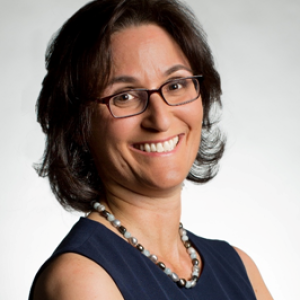




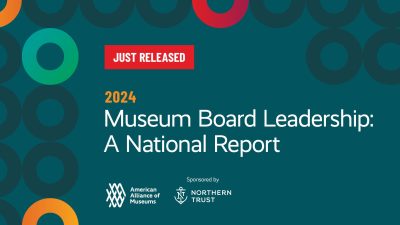
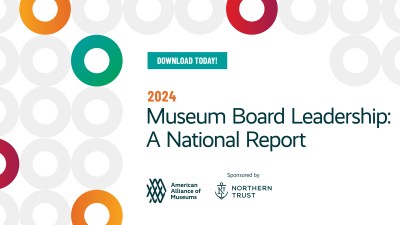
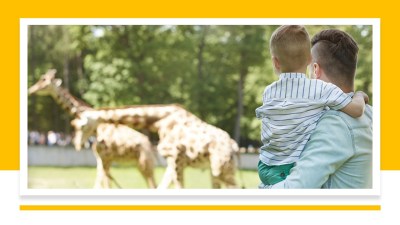
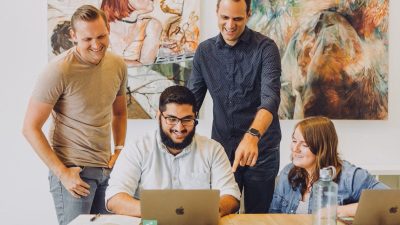
Comments